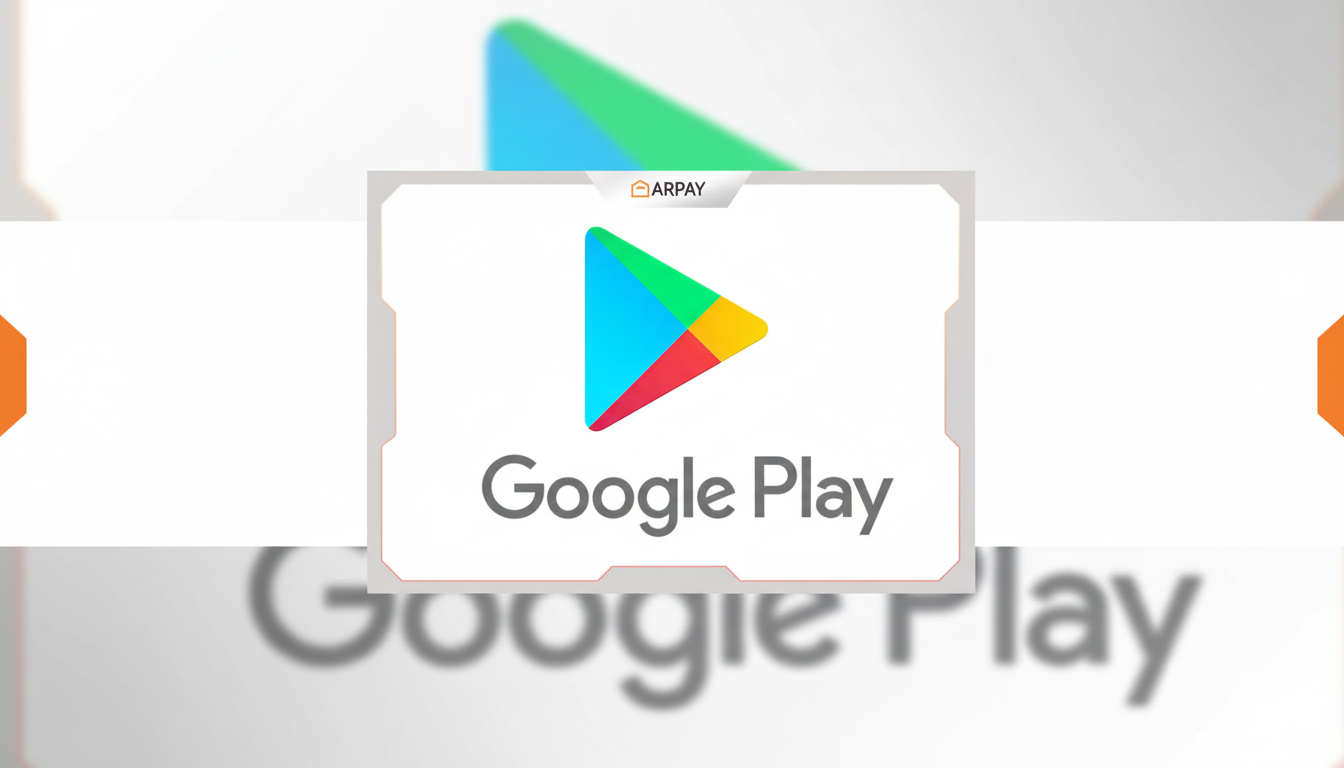Google is adding YouTube-style age checks to the Play Store, a move that will require some Android users to verify they are 18 or older before serving up apps and games. Early nudges surfaced for The Verge and longtime app watcher Artem Russakovskii indicate the rollout has already started, ramping up slowly and steadily from here with a somewhat different experience depending on country and account.
How the new Play Store age verification checks work
Now, when users attempt to access mature content or age-restricted features, they may see a verification flow that provides several options:
- How the new Play Store age verification checks work
- Why Google is adding Play Store age checks now
- What the new Play Store age checks mean for users
- Privacy, data security, and trust concerns explained
- What app developers need to know about age checks
- Rollout pace and regional differences to expect
- Bottom line: what this means for Play Store users

- Upload a government-issued ID (such as a driver’s license)
- Take a selfie that will be compared against an image taken from the ID
- Add (but not enter) date of birth on platforms where being over 18 is necessary
- Provide credit card information
- Use third-party age-estimation services like Verifymy.io
Not all options will be available in every region and Google can tailor to follow local rules.
The process mirrors the system Google recently tightened in place on YouTube, which has wrongly flagged adults as minors and requires them to verify their identity if they want to regain access to restricted videos. Expect a comparably permissive threshold from the Play Store where the cost of false negatives (allowing minors access to adult content) is traded off against false positives (pissing parents off).
Why Google is adding Play Store age checks now
Although platform safety is the rubric, it’s being driven now because of policy and law. Google has notified developers that new state-level app store laws in the United States will require age verification, parental approvals, and an automatic age signal on every single app. The company has pointed to Texas, Utah, and Louisiana as early movers, with their app store statutes phasing in over a period of months. The National Conference of State Legislatures has logged a similar surge in youth online safety bills nationwide, indicating mounting political pressure to restrict underage access to mature content.
Outside of the US, platforms are also responding to a worldwide regulatory environment that now includes the UK’s Age-appropriate Design Code and European Union Digital Services Act, which raise expectations that large platforms evince strong protection for minors.
What the new Play Store age checks mean for users
If you don’t verify, you might find downloads or certain app features blocked for age-restricted software. Apps already installed but not age-gated should still work, though new content may become less visible and accessible to you until you do.
There are trade-offs between friction and leakiness in verification methods. A government ID is generally the quickest about proving age definitively, but it’s also the most sensitive. Facial age estimation uses algorithms to guess a person’s age based on a selfie without an ID document and, similarly, credit cards are only a somewhat imprecise stand-in for adulthood that do not guarantee they prove the user’s age. Services like Verifymy.io guess age based on use with your email across known services, which can be less privacy-intrusive but is not going to work for new accounts or small web footprints.

Privacy, data security, and trust concerns explained
Like YouTube’s checks, the ID checks have stoked concerns about misclassification, data retention, and exposure to potential leaks. Digital rights activists, including the Electronic Frontier Foundation, have cautioned that age verification may invite new privacy risks and deter access to lawful content by adults who do not wish to upload sensitive documents.
Google says it wants to create a “privacy-preserving” framework by providing a range of methods and working with approved providers who restrict data sharing. The company says verification is linked to what it calls compliance, associated with safety, not ad targeting. Users should still check those in-flow notices, confirm which provider they’re sharing data with, and review account settings for retention options.
What app developers need to know about age checks
As a way to make it easier for those apps to adjust without collecting IDs on their own, Google has brought out a Play Age Signals API in beta. The signal carries a limited amount of information — like whether a user is 13 or 16, or if parental consent has been given — so that apps can customize an experience, lock down mature features, or even enable teen modes all without actually dealing with government IDs.
Developers should inspect onboarding flows, IAP gates, and social features that may depend on age-aware logic. Explicit reminders, defaulting to teen-friendly settings, and well-defined handling of parental approval states will all be vital in order to not get rejected during app review in regions where age checks are required.
Rollout pace and regional differences to expect
This is a phased launch. Some accounts will find prompts immediately, others may not notice changes until closer to statutory deadlines or decisions made at the local level. Verification approaches, such as email-based estimation, may not be available everywhere and may vary by regulator who can require specific ones only — and that’s a patchwork the Play Store will have to navigate.
Expect more prompts for accounts without a stated date of birth, shared family devices — or confusing signals from past activity. Family Link and supervised accounts will remain in place for younger people, but apps featuring adult content can be expected to lean ever more on these checks before allowing access.
Bottom line: what this means for Play Store users
Google’s YouTube-style verification on the Play Store represents a major tightening of age gates for Android apps. It’s a compliance measure with real-world drag: some adults would be forced to show proof, and some teens would find themselves blocked where they once weren’t. If regulators and platforms can manage to strike the right balance — robust protections with minimal data exposure — it could become a template for app stores around the world. In the meantime, users and developers will have to become accustomed to more prompts, more nuance — and more scrutiny over how age is demonstrated online.

